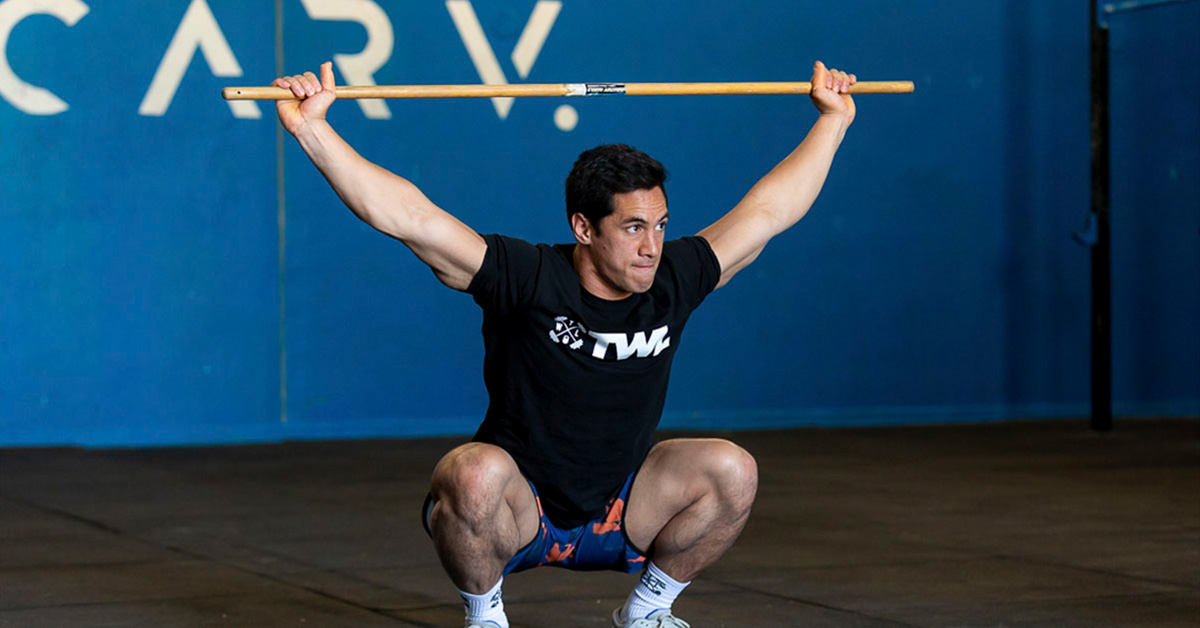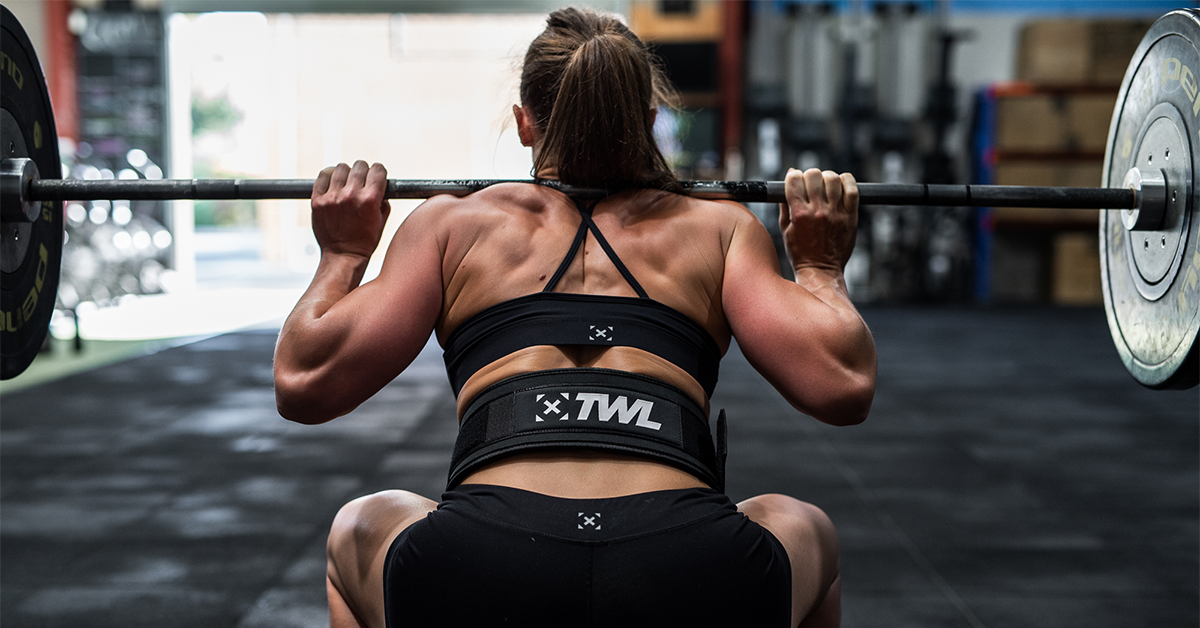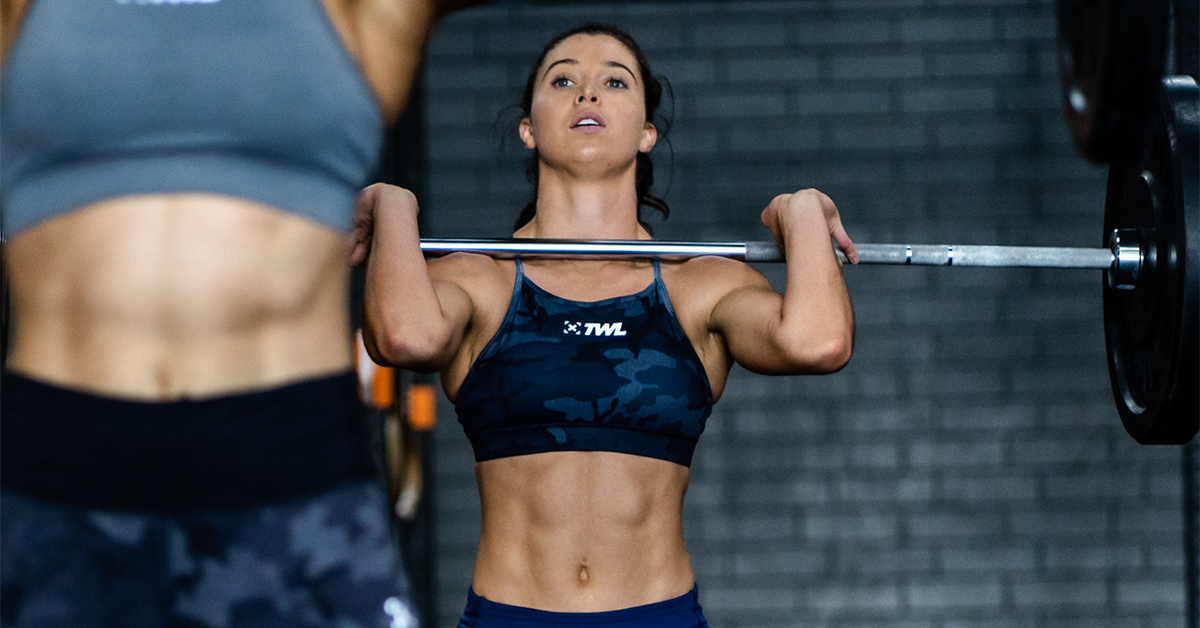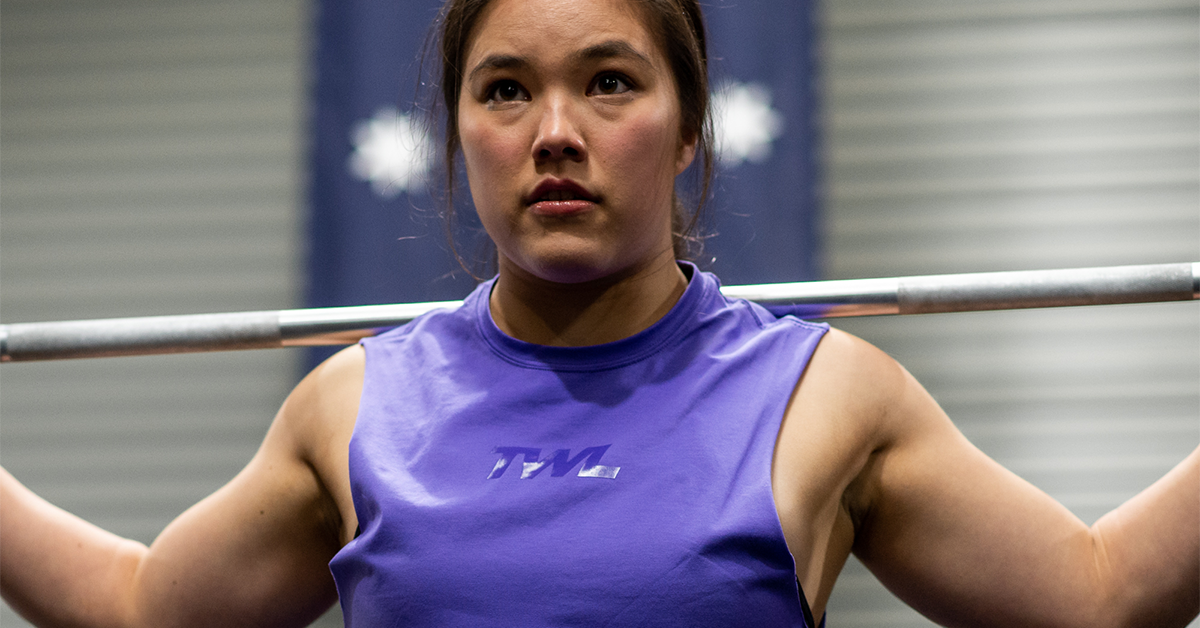If you struggle to hit parallel or full depth when squatting, welcome to the club. Improving—and maintaining—squat depth requires intentional work, and as counterintuitive as it might be, spending 40+ hours a week sitting doesn’t make us better squatters. So, how exactly can you improve squat mobility?
A deep squat requires mobile joints that enable the knees to push forward, over the toes, while you maintain an upright chest. If your weight shifts to your toes the lower you go, your ankles are probably the culprits and they’re putting the rest of your body (lower back and knees, especially) in jeopardy. If your knees go exclusively forward when you’re descending and not at all outward, there’s a chance your hips are tight. And if your spine rounds excessively near the bottom of your squat, you’re probably dealing with poor core activation or thoracic spine mobility.
Here are some of the best ways you can improve squat mobility.
The 5 Best Ways to Improve Squat Mobility
1. Dig into Your Feet
Tight tissue on the bottom of your feet restricts ankle mobility, so take your hands or a golf or lacrosse ball, and tack into that tissue.
- Look for stiff, knotty places.
- Apply pressure.
- Hold until the tissue starts to relax.
Once things have started loosening up, stretch your arches by kneeling on the floor, tucking your toes under your feet so that the bottoms of your toes are on the floor, and sitting back on your heels. Hold for 10-20 seconds. Release and repeat.
https://www.instagram.com/p/B3MG8-6Ht6I/
2. Mobilize Your Ankles
Once your feet are loose, move up the chain and focus on your ankles.
- Wrap a resistance band around a rig and stick one foot through the loop so that the band is around your ankle.
- Step away from the rig until there’s tension in the band.
- Kneel on your opposite leg.
- Push your upright knee forward against the band and hold.
- Repeat on both legs.
3. Hold Your Squat
Strengthening your current bottom position, even if it’s above parallel, can help you gradually increase your depth—and for the stiffer among us, the results can appear within a couple of minutes.
- Perform a slow air squat with your feet about shoulder-width apart and your chest upright.
- Stop before your back starts rounding or you start to lean excessively forward.
- Hold your bottom position for 10-20 seconds.
- Stand up and repeat. Be sure to base your stopping point on what your body is doing, not where you stopped before. After a few holds, you might be able to go deeper than when you started.
https://www.instagram.com/p/B2FSPYLHbT3/
4. Activate and Strengthen Your Core
A strong, active core keeps your weight centered properly from the top of the squat through the bottom of the movement. Wake it up with these drills:
- Overhead walking lunges: Hold a light dumbbell or kettlebell overhead in one hand and do 10 lunges. Then switch hands and do 10 more. The off-center weight will wake up your core as it works to keep your spine neutral.
- Front and side planks: Try tabata-style (20 seconds of work, 10 seconds of rest, for a total of four minutes) or do longer holds. Make sure your hips don’t sag and that your lats are engaged. Inhale through your nose and expand your core with every breath.
5. Mobilize Your Thoracic Spine
If your overhead squat is radically different from your regular squat, chances are your thoracic spine is immobile and, in a sneaky way, hurting your ordinary squat depth. What to do about it:
- Foam roll your upper back: Lay on the foam roller with your arms hugging your chest and roll up and down.
- Reach through: On your hands and knees, reach one arm underneath and to the opposite side of your body. Then, reach it out and up as far as you can go while keeping your hips square. Repeat for at least five reps on each side.
- Floor circles: Lay on the floor on your side with your hips and knees bent at 90-degree angles. Reach your outside arm in front of you and draw a circle on the floor up, around, and behind yourself without letting your hips or spine twist.
https://www.instagram.com/p/B2KdJevHsF7/
Make these drills a regular part of your warmup and recovery routine—or just use the ones that tackle your particular sticking point. If you need help diagnosing your squat problem, ask a coach to assess you. Deep squats may be closer than you realize.

















